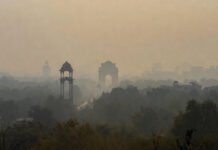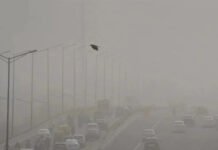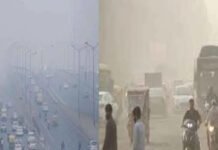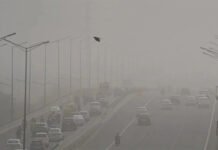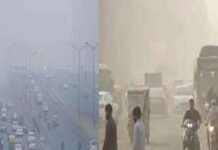Monkeypox, a viral disease that has recently made headlines, is causing significant concern globally. With similarities to the early days of COVID-19 and HIV, this outbreak has prompted the World Health Organization (WHO) to classify it as a public health emergency. Let’s dive into the details of monkeypox, its origins, and how it spreads.
What Is Monkeypox?
Monkeypox is a zoonotic viral disease, meaning it can be transmitted from animals to humans. The virus responsible for monkeypox was first identified in laboratory monkeys in 1958. Although named monkeypox, the virus can infect various animals, including rodents like the Gambian giant rat and tree squirrels. The first human case was documented in 1970 in a nine-month-old boy from the Democratic Republic of Congo.
Origins and Global Spread
Historically, monkeypox was confined to central and west Africa. The virus was mainly found in rainforests where its animal hosts live. However, in 2022, the virus spread beyond these regions, leading to its classification as a global public health threat. The outbreak outside Africa began in the United States in 2003, traced back to contact with infected pet prairie dogs.
How Monkeypox Spreads
Monkeypox can be transmitted from animals to humans through direct contact with infected animals’ blood, bodily fluids, or lesions. Human-to-human transmission occurs via respiratory droplets, direct contact with bodily fluids, or contaminated surfaces. The spread in urban areas has increased, with cases emerging among people who have recently traveled to affected regions.
Symptoms of Monkeypox
Symptoms typically appear within 1 to 3 weeks after exposure. They include:
- Fever
- Severe headache
- Muscle pain
- Back pain
- Lack of energy
- Swollen lymph nodes
- Skin rashes or lesions
The rashes often begin on the face before spreading to other parts of the body. They progress from flat spots to raised bumps, filled with clear or yellowish fluid, and eventually scab over.
Monitoring and Response
Despite the alarming nature of the outbreak, Dr. Hans Kluge, WHO’s regional director for Europe, has addressed concerns, emphasizing that monkeypox, while serious, is not as severe as early COVID-19 or HIV infections. The WHO continues to monitor the situation and has provided guidelines to manage and control the spread of the virus.
Preventative Measures and Treatment
Preventive measures include avoiding contact with infected animals and people, practicing good hygiene, and using personal protective equipment if necessary. Vaccination may be recommended for those at high risk, including healthcare workers and individuals exposed to the virus.
Currently, there is no specific treatment for monkeypox. Supportive care to manage symptoms and prevent complications is the primary approach. Research into vaccines and antiviral treatments is ongoing.
Emergence of monkeypox
The emergence of monkeypox as a global health concern highlights the importance of vigilance and preparedness in managing zoonotic diseases. While the situation is serious, understanding the virus, its symptoms, and preventive measures can help mitigate its impact. Continued research and international cooperation are essential in addressing this challenge effectively.


